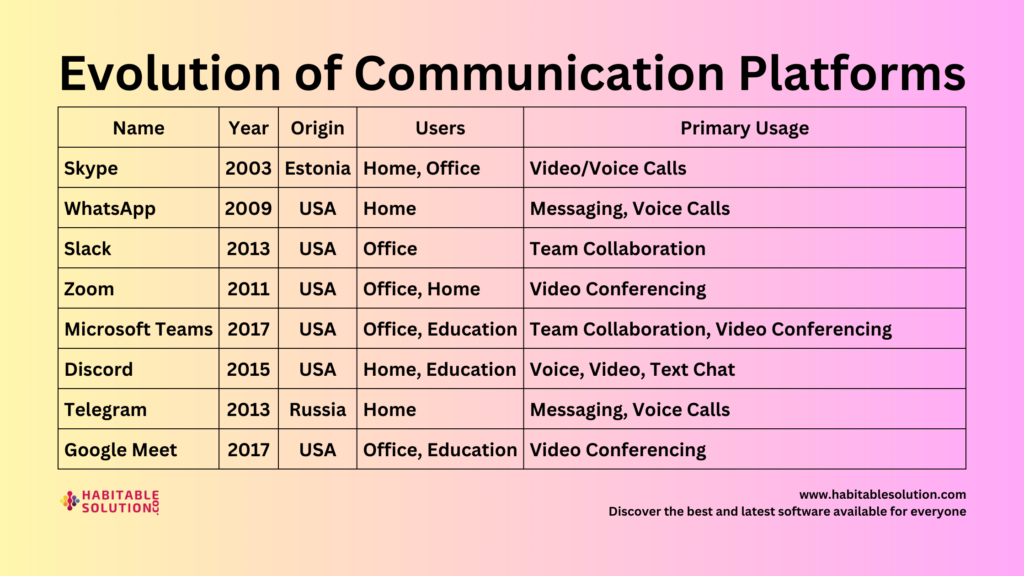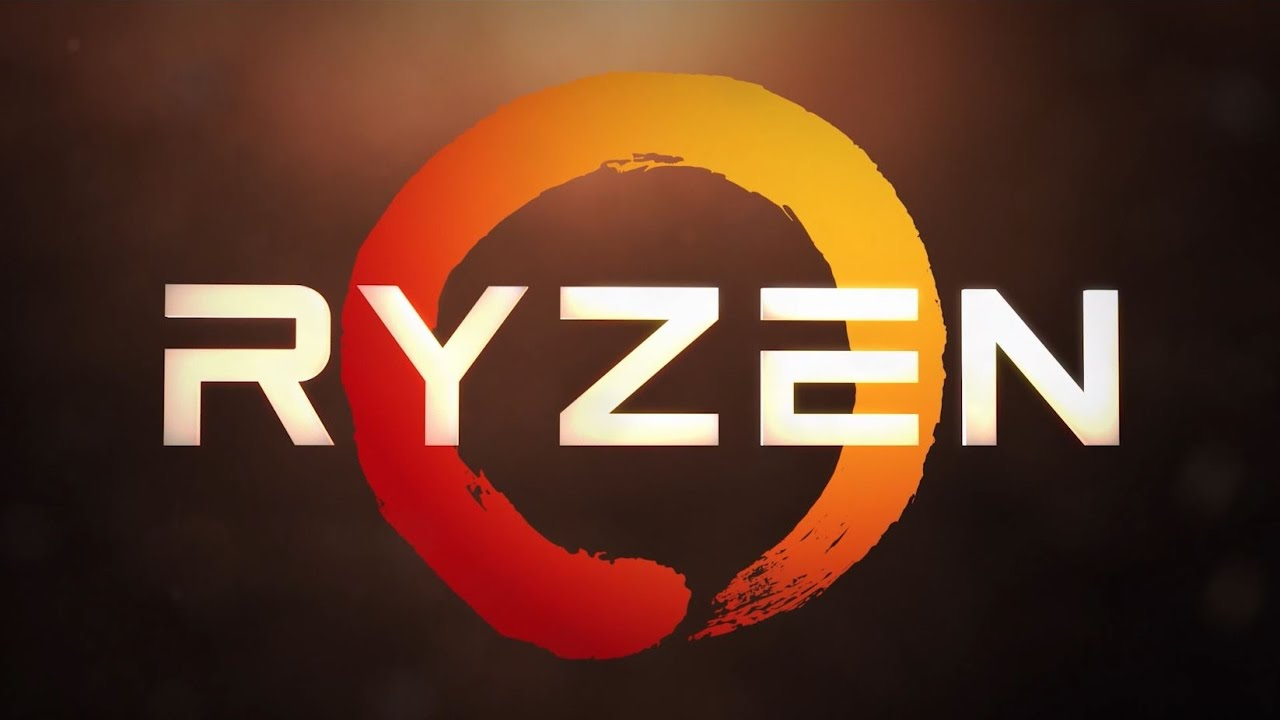Tech CEO Breaks Ranks, Warns of Mass Unemployment from AI
The future of work is under threat—faster and more seriously than most experts have dared to admit. While Silicon Valley buzzes with stories about AI-powered medical miracles and economic windfalls, a new, stark warning is shaking the tech world. Dario Amodei, CEO of Anthropic (one of the most advanced AI companies on the planet), has issued a public warning: AI may soon cause mass unemployment, especially among entry-level white-collar jobs.
Amodei’s warning isn’t just another headline. He’s a respected AI leader, with over a decade of experience building the very technologies now poised to disrupt the workforce. While many of his peers downplay the risks and focus on the positives, Amodei is sounding the alarm: We could see up to half of all entry-level white-collar jobs disappear and unemployment spike to 10–20% in the next one to five years.
Let’s dive into what’s happening, why it’s different from any previous tech revolution, and what society must do to prepare.
How Fast Is AI Progressing? From High Schooler to College Grad—And Beyond
Amodei’s perspective comes from the frontlines of AI development. In a recent interview, he described just how rapidly artificial intelligence has evolved:
“A couple of years ago, you could say that AI models were maybe as good as a smart high school student. I would say that now they’re as good as a smart college student and sort of reaching past that.”
This isn’t hype. Today’s large language models and generative AI tools can write reports, summarize meetings, manage spreadsheets, draft legal documents, and even generate software code. What once took years of training or a university degree can, in many cases, be done in seconds by an algorithm.
What’s more, the pace of progress is accelerating. With every new model, AI’s skill set grows broader and deeper. The result? Tasks that once seemed safely “human”—especially the repetitive, process-driven work common in entry-level jobs—are now squarely in the sights of automation.
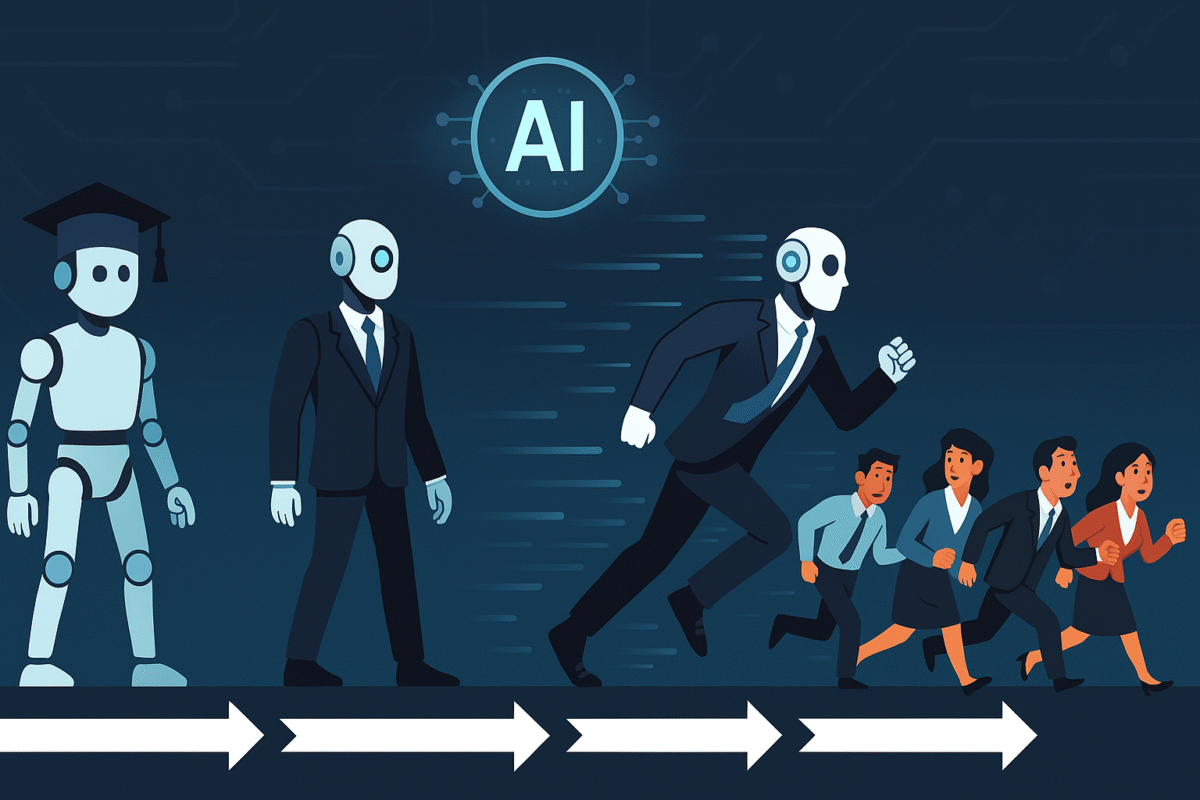
Why Entry-Level Jobs Are Most at Risk
The danger zone, according to Amodei, is entry-level white-collar work: data entry, administrative support, junior analysts, customer service, and other roles that depend on following procedures and basic knowledge.
“I really worry particularly at the entry level, that the AI models are, you know, very much at the center of what what an entry level human worker would do.”
Why are these jobs at the highest risk? Two reasons:
- AI has gotten just good enough to handle routine tasks that make up most entry-level roles.
- Employers are incentivized to cut costs and increase efficiency, especially as economic uncertainty persists.
While previous waves of automation threatened blue-collar factory work, this AI revolution is targeting the digital office. In other words: This time, it’s the desk jobs that are under threat.

Why This Time Really Is Different: Speed, Scale, and Adaptation
Skeptics often argue that technology-driven job losses aren’t new—and that society always adapts. Didn’t the steam engine, electricity, and computers all put people out of work, only to create new industries and opportunities?
Amodei acknowledges that’s true, but says this time really is different:
- AI’s boom is “bigger, broader, and moving faster than anything has before.”
- Previous disruptions allowed time for workers to retrain and industries to adapt. This wave, fueled by machine learning and exponential growth, is happening at breakneck speed.
- The adaptation period may not be enough. As Amodei puts it: “Yes, people will adapt, but they may not adapt fast enough. And so… there may be an adjustment period.”
That adjustment period could mean millions of workers suddenly looking for new jobs, training for roles that may not yet exist, or simply falling through the cracks.
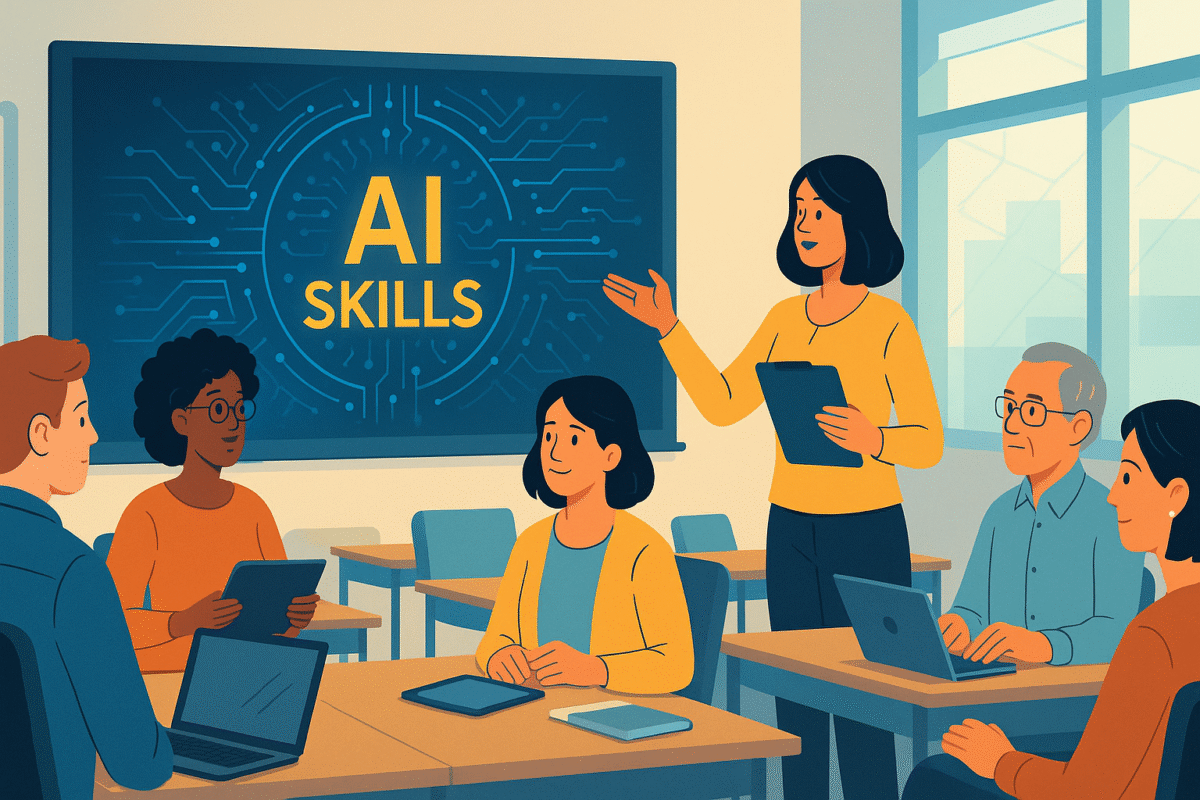
The CEO’s Dilemma: Building AI, Raising the Alarm
It’s not every day you hear a top tech CEO warning about the dangers of his own industry. In fact, many of the most high-profile AI leaders have painted a much rosier picture: AI will “enhance your life,” “make work more meaningful,” and “unlock creativity.” And while that may be true for some, Amodei says someone needs to be honest about the risks.
“The reason I’m raising the alarm is that I think others haven’t as much. And, you know, I think someone needs to say it… I recognize it’s always a difficult balance. Right? I’m aware of my position that I’m building this technology while also expressing concerns about it.”
Amodei’s message is simple: AI’s benefits could be massive, but the harms—if not addressed—could be equally so. To enjoy the gains, society must take the warnings seriously and act now.
Why the AI Race Can’t Be Stopped
A natural question arises: why not just slow down? If AI is such a risk, can’t companies simply pause development until society catches up?
Amodei is clear-eyed about the reality:
- There are six or seven major companies in the US alone building powerful AI models, not to mention international competitors.
- If one company slows down, the others will keep going.
- Even if every US company stopped tomorrow, global AI development would march on.
This is a global arms race, driven by innovation, competition, and the promise of massive profits (and strategic advantages). Stopping isn’t an option—preparing is the only way forward.
What Society Must Do: Preparing for the AI-Driven Future
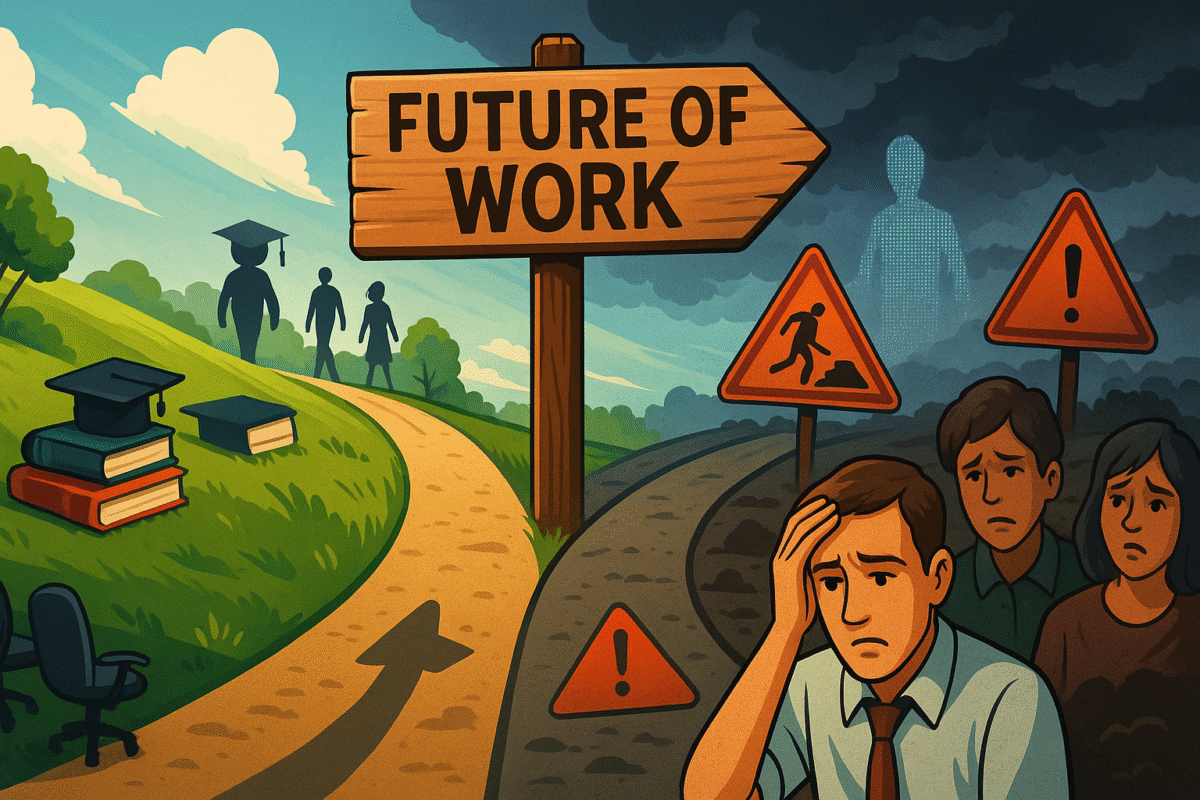
If mass unemployment from AI is truly possible, how can we prepare? Amodei and other thoughtful leaders offer several critical steps:
- Education and Reskilling:
Governments, schools, and businesses must invest heavily in retraining workers. The skills needed for the AI age—creativity, critical thinking, emotional intelligence, and advanced technical abilities—must become central to education at all levels. - Social Safety Nets:
Policies like unemployment insurance, universal basic income (UBI), or job transition programs may need to be expanded or overhauled to support workers displaced by automation. - Corporate Responsibility:
Tech companies should be transparent about the risks, contribute to reskilling efforts, and ensure AI deployment is responsible and ethical. - Public Awareness and Dialogue:
Society must discuss the reality of AI’s impact openly—not just its promise, but also its peril. - Policy and Regulation:
Lawmakers should act proactively to manage the transition, rather than reacting after the fact.
Conclusion: Balancing the Promise and the Peril
The future of work is being rewritten in real time. While AI promises unprecedented breakthroughs, it also carries unprecedented risks—especially for the millions whose jobs are most vulnerable. Leaders like Dario Amodei deserve credit for speaking out, even when it’s uncomfortable.
The next five years will test our ability to adapt, innovate, and support one another as technology transforms the world of work. Mass unemployment isn’t inevitable—but only if we act now.
Whether you’re a policymaker, an employer, an educator, or an entry-level worker, one thing is clear: the AI revolution is here. The time to prepare is not tomorrow. It’s today.
People also search for:
- Is AI going to create mass unemployment?
- What is the future of AI in the workplace?
- How many jobs will AI replace in 2025?
- How can AI save unemployment?

